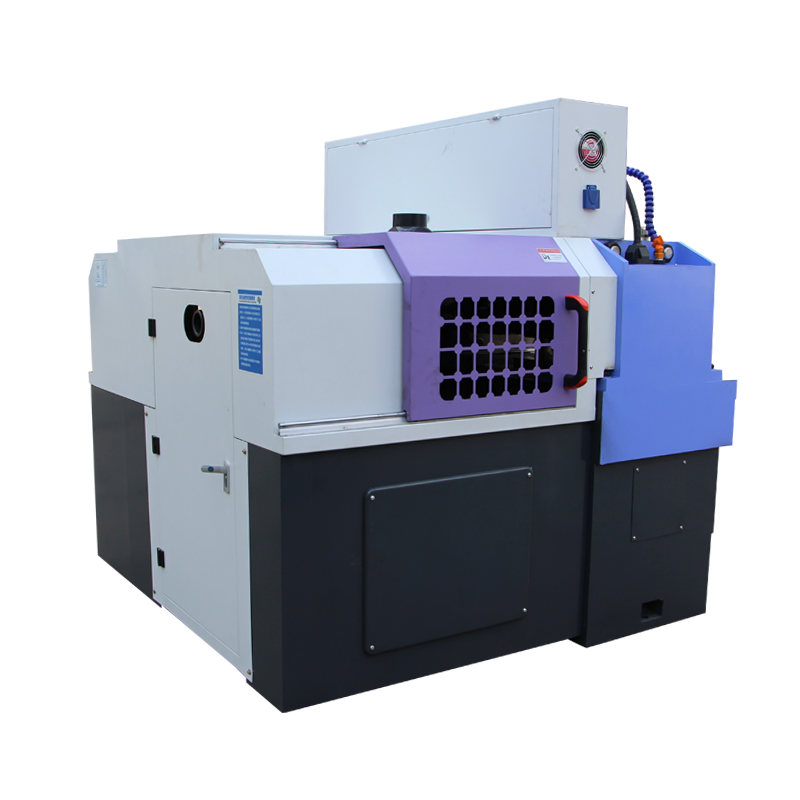
-
 Afrikaans
Afrikaans -
 Albanian
Albanian -
 Amharic
Amharic -
 Arabic
Arabic -
 Armenian
Armenian -
 Azerbaijani
Azerbaijani -
 Basque
Basque -
 Belarusian
Belarusian -
 Bengali
Bengali -
 Bosnian
Bosnian -
 Bulgarian
Bulgarian -
 Catalan
Catalan -
 Cebuano
Cebuano -
 Corsican
Corsican -
 Croatian
Croatian -
 Czech
Czech -
 Danish
Danish -
 Dutch
Dutch -
 English
English -
 Esperanto
Esperanto -
 Estonian
Estonian -
 Finnish
Finnish -
 French
French -
 Frisian
Frisian -
 Galician
Galician -
 Georgian
Georgian -
 German
German -
 Greek
Greek -
 Gujarati
Gujarati -
 Haitian Creole
Haitian Creole -
 hausa
hausa -
 hawaiian
hawaiian -
 Hebrew
Hebrew -
 Hindi
Hindi -
 Miao
Miao -
 Hungarian
Hungarian -
 Icelandic
Icelandic -
 igbo
igbo -
 Indonesian
Indonesian -
 irish
irish -
 Italian
Italian -
 Japanese
Japanese -
 Javanese
Javanese -
 Kannada
Kannada -
 kazakh
kazakh -
 Khmer
Khmer -
 Rwandese
Rwandese -
 Korean
Korean -
 Kurdish
Kurdish -
 Kyrgyz
Kyrgyz -
 Lao
Lao -
 Latin
Latin -
 Latvian
Latvian -
 Lithuanian
Lithuanian -
 Luxembourgish
Luxembourgish -
 Macedonian
Macedonian -
 Malgashi
Malgashi -
 Malay
Malay -
 Malayalam
Malayalam -
 Maltese
Maltese -
 Maori
Maori -
 Marathi
Marathi -
 Mongolian
Mongolian -
 Myanmar
Myanmar -
 Nepali
Nepali -
 Norwegian
Norwegian -
 Norwegian
Norwegian -
 Occitan
Occitan -
 Pashto
Pashto -
 Persian
Persian -
 Polish
Polish -
 Portuguese
Portuguese -
 Punjabi
Punjabi -
 Romanian
Romanian -
 Russian
Russian -
 Samoan
Samoan -
 Scottish Gaelic
Scottish Gaelic -
 Serbian
Serbian -
 Sesotho
Sesotho -
 Shona
Shona -
 Sindhi
Sindhi -
 Sinhala
Sinhala -
 Slovak
Slovak -
 Slovenian
Slovenian -
 Somali
Somali -
 Spanish
Spanish -
 Sundanese
Sundanese -
 Swahili
Swahili -
 Swedish
Swedish -
 Tagalog
Tagalog -
 Tajik
Tajik -
 Tamil
Tamil -
 Tatar
Tatar -
 Telugu
Telugu -
 Thai
Thai -
 Turkish
Turkish -
 Turkmen
Turkmen -
 Ukrainian
Ukrainian -
 Urdu
Urdu -
 Uighur
Uighur -
 Uzbek
Uzbek -
 Vietnamese
Vietnamese -
 Welsh
Welsh -
 Bantu
Bantu -
 Yiddish
Yiddish -
 Yoruba
Yoruba -
 Zulu
Zulu
Comprehensive Guide to Current Prices for Thread Rolling Machines and Their Features
Understanding the Price List for Thread Rolling Machines
In the manufacturing industry, thread rolling machines are essential for producing high-quality threaded components. These machines deform material to create threads, offering several advantages over traditional methods such as cutting, including higher precision, enhanced material strength, and lower production costs. As industries continue to grow, the demand for thread rolling machines has surged, leading to a diverse range of options and price points. Understanding the factors that influence the price of these machines can help manufacturers make informed purchasing decisions.
Factors Influencing Prices
1. Type of Machine Thread rolling machines come in various types, including flat die, cylindrical die, and planetary die machines. Each type has its own specific applications and capabilities, which can significantly impact the price. For instance, planetary die machines, known for their ability to produce complex threads with high accuracy, generally come at a higher cost compared to simpler flat die machines.
2. Capacity and Size The size and capacity of the machine are crucial factors in pricing. Larger machines that can handle bigger workpieces or higher volumes typically cost more. Manufacturers should consider not only their current needs but also potential future requirements when selecting a machine.
3. Material Compatibility Prices can also vary based on the materials that the machines are capable of processing. Machines designed to work with harder metals might require more advanced technology, thus leading to higher prices.
4. Brand and Manufacturer Well-established brands with a reputation for quality and reliability often command higher prices. However, investing in reputable brands can lead to better long-term performance and after-sales support, ultimately saving costs related to maintenance and downtime.
thread rolling machine pricelist

5. Features and Technology Incorporating advanced features like computer numerical control (CNC), automation, and various programmable options can enhance productivity and precision, but these features will also increase the machine's price. As the industry moves towards more automated solutions, machines with enhanced technology are becoming more desirable, albeit at a higher cost.
6. Location and Supply Chain Factors The geographic location of both the manufacturer and the buyer can affect prices due to transportation costs, tariffs, and local demand. Additionally, the global supply chain, particularly in recent years, has been subject to disruptions, impacting availability and pricing.
Price Ranges
While exact prices can vary widely, a typical range for thread rolling machines might be from a few thousand dollars for basic models to tens of thousands for more advanced machines with high-capacity and specialized features. Potential buyers can often find used machines at lower prices, but these can come with their own set of risks, including a lack of warranty and potential maintenance issues.
Conclusion
In conclusion, the price list for thread rolling machines is influenced by numerous factors, including the type, capacity, brand, and technological features of the machines. Manufacturers must carefully assess their specific needs and budget constraints when navigating this complex market. By understanding the dynamics of the price list and the factors that affect it, businesses can make educated decisions that will serve their production needs efficiently and economically. As the demand for precision-engineered components continues to rise, investing in a quality thread rolling machine can pave the way for improved manufacturing capabilities and competitive advantage in the industry.
